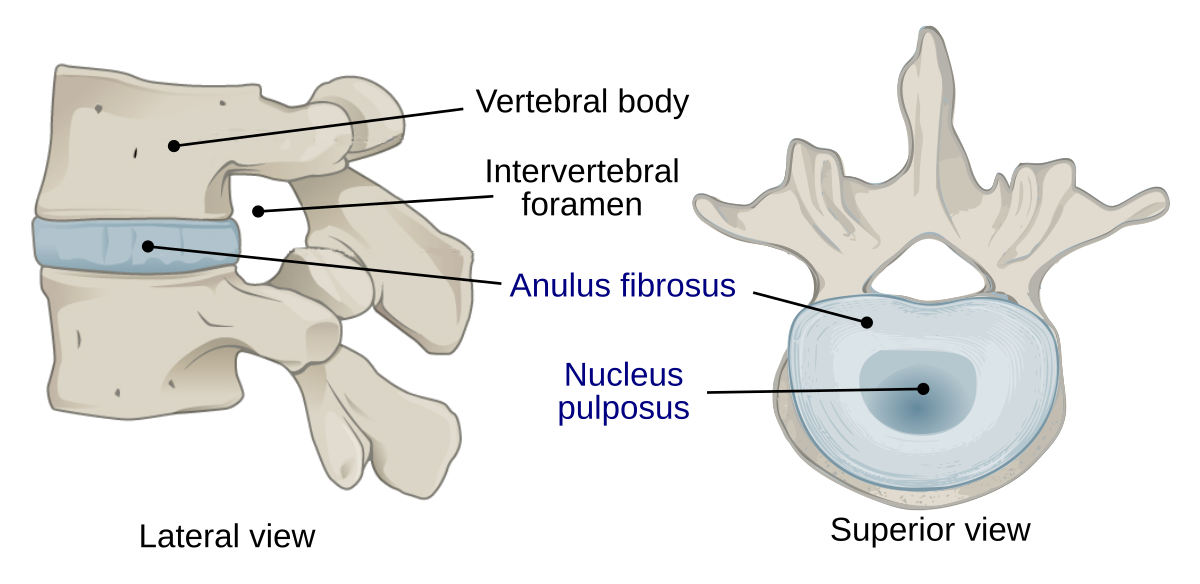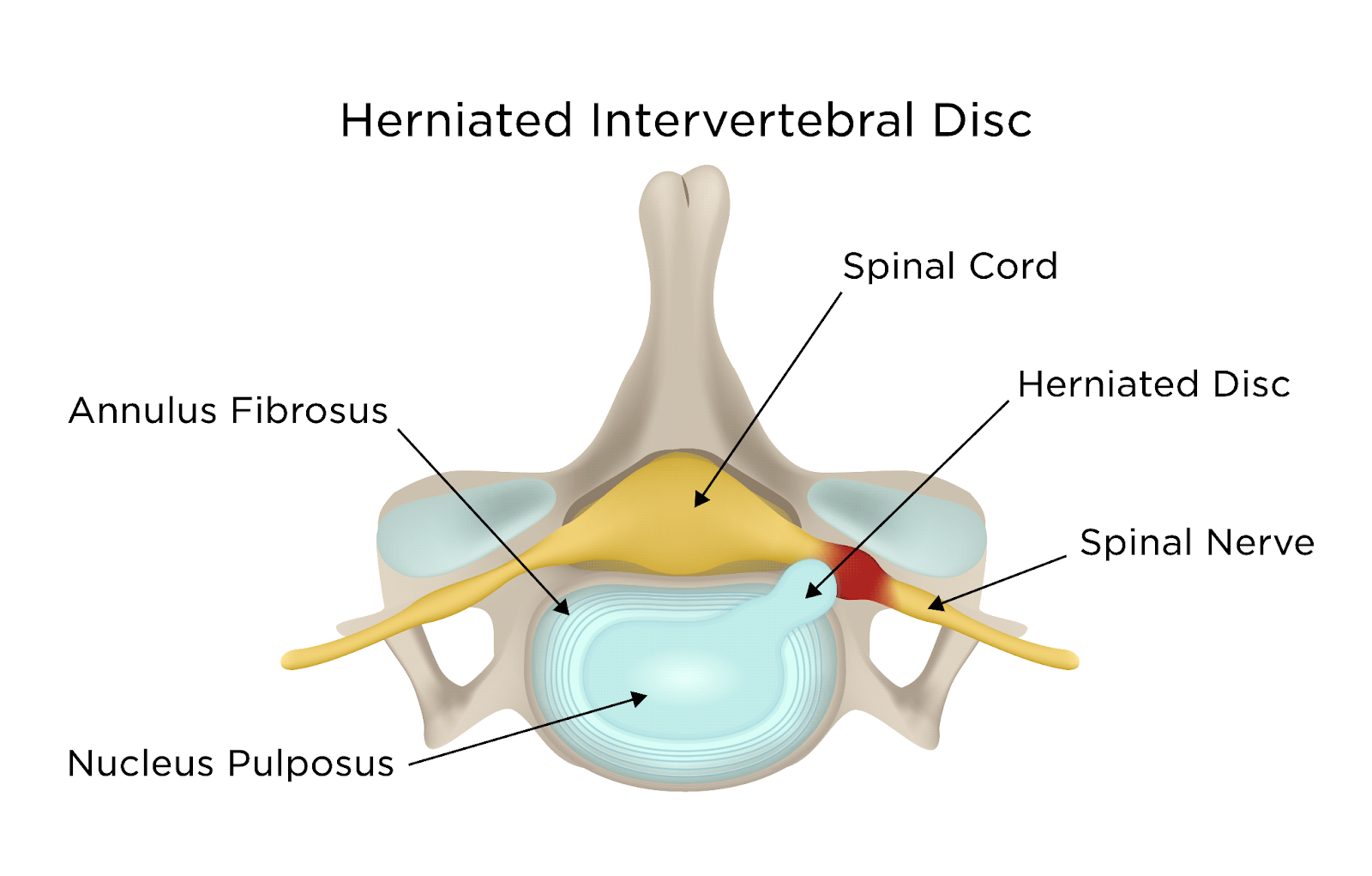

Disc herniation can cause a variety of symptoms and can be extremely debilitating. When a disc herniates it may create significant pain due to inflammation. If a herniation is big enough it may press against nerves leading to pain that radiates into the legs or arms. Sometimes we refer to this as sciatica. If it is severe enough and left untreated you may develop weakness or even numbness and tingling.
⅓ of people with disc herniations will experience symptoms at some point.
Men are most commonly affected. Most common in ages 40-60 years of age.
Common risk factors include
- Smoking
- Obesity
- Sedentary
- Jobs that require sitting/driving for long durations
- Repetitive physical activities like distance running or horseback riding.
The good news is most disc herniations do not require surgery and will respond to conservative treatment like we provide.
Spinal Decompression is a common treatment that our chiropractors will recommend for disc herniations.
Learn more about Spinal Decompression Therapy
What does a typical Spinal Decompression treatment plan look like?
